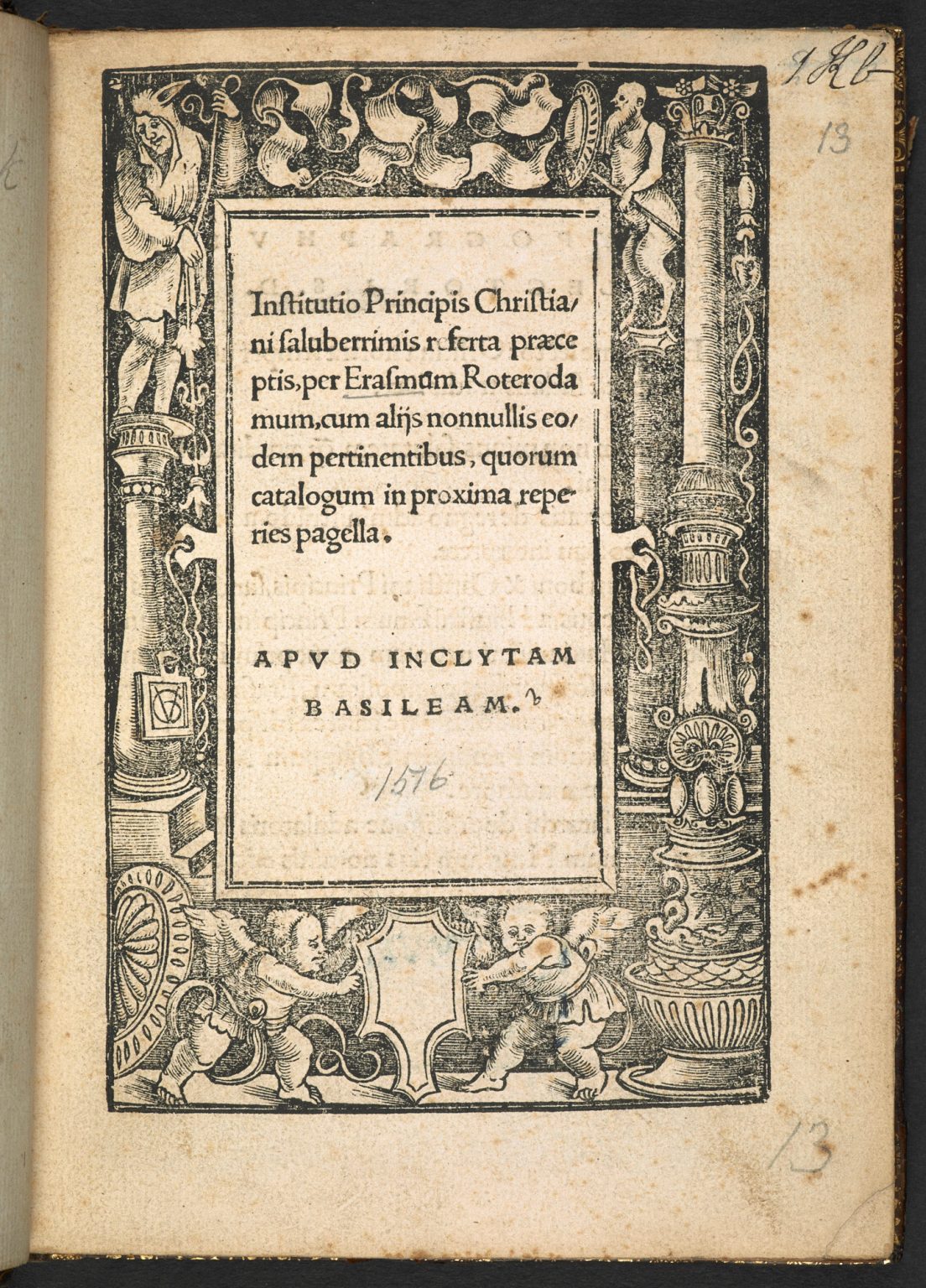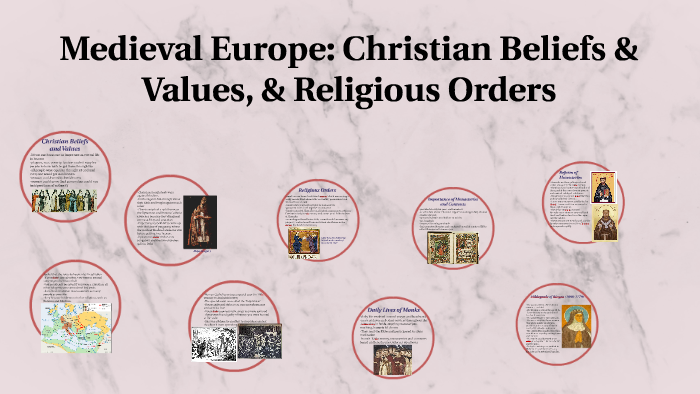

As the Middle Ages developed, the Catholic Church gradually extended its spiritual and institutional authority across most of Europe.The Middle Ages is mistakenly thought of as a culturally homogeneous period, but this period contains many different kinds of people of many different cultures.

People in the Renaissance named the period the Middle Ages because it was considered a culturally empty time that separated the Renaissance from the Classical past, which it admired.In 500, the “West” wasn’t yet a political or cultural entity, but by 1500 the map of Europe looked very much like it does today.The Western values of individualism, consensual government, and a recognition of religious differences began to emerge during the Middle Ages.During the Middle Ages, classical civilization was transformed by contact with three cultures: Germanic invaders, Christianity, and Islam.The Middle Ages Overview History and Culture


 0 kommentar(er)
0 kommentar(er)
